Why Shoulders HAVE to Move Differently
Introduction
When it comes to joint mobility, the shoulder is king. It’s the most mobile joint in the human body.
With that said, we can’t expect all shoulders to perform the same way and have the same amount of mobility, no matter how much stretching people do.
Just as there are differences in hip joint anatomy that affect squatting and other hip motions, there are anatomical differences between shoulders, differences in the shape of the bones, that will affect overhead mobility.
In this article, we will discuss the bony anatomical variations of the shoulder and how that affects range of motion.
Want better shoulder mobility? Download Day 1 of our Shoulder Mobility Program for free:
What Limits Range of Motion?
All joints have a limit to their range of motion and mobility - and that’s a good thing.
Eventually, something will limit the range of motion of a joint that can’t (and shouldn’t) be changed.
If they didn’t, your joints would be unstable and you would fall apart.
The following limit joint range of motion:
- Muscular tone
- Soft tissue approximation
- Bony approximation
- Passive tissue tension
To better understand these limitations, we have a podcast episode covering the differences between active and passive mobility and stability that elaborate on these concepts.
Bony Shoulder Anatomy
The idea that everyone, with stretching, can achieve the same shoulder range of motion is false
How do we know? Let’s discuss bony shoulder anatomy.
The shoulder joint is formed by two bones:
- Humerus (arm bone)
- Scapula (shoulder blade)
The scapula has the socket of the shoulder joint and the humerus has the ball of the shoulder joint. Together they are a ball and socket joint, which is a highly mobile joint type.
The scapula has three main parts that can vary from person to person that will affect shoulder mobility:
- The acromion process
- The glenoid fossa (socket)
- The curvature of the scapular body
The humerus can also vary in torsion (twisting) from one person to another. See the image below for two different humerus bones.
Image by Paul Grilley; Image Source
You can see the orientation of the part of the bone closest to the camera (the ball part) is similar and the part of the bone farthest from the camera (the elbow) has a different position.
This is due to the bone being twisted or torsioned.
Additionally, the entire shoulder is dependent on the thoracic spine and rib cage.
Since the shoulder blade lies on the ribcage, it’s position in space will change when the rib cage moves.
If the thoracic spine is flexed, it changes the position of the shoulder blade, which leads to the socket and acromion moving in space to limit overhead mobility.
The acromion process is directly related to overhead lifting, so let’s dig deeper into it.
The Acromion Process
Classically, there are three types of acromion processes:
- Type I
- Type II
- Type III
This illustration shows a artistic rendition of the three general types of acromion processes.
Based on the three types, Type 1 would have the best overhead mobility and type 3 would have the worst, based on the bony structure.
But illustrations like these don’t get the point across of the variations as well as real photos of real bones.
Let’s look at some real bone photos, courtesy of Paul Grilley, showing some anatomical differences and the implications for overhead mobility.
Want better shoulder mobility? Download Day 1 of our Shoulder Mobility Program for free:
In the photo below, you see two different shoulder blades, viewing them from the front.
You can see the shoulder blade on the right, the acromion process extends out farther laterally over the socket and on the left it doesn’t as much.
Additionally, you can see there is a different in the angle of the coracoid process.
Image by Paul Grilley; Image Source
In this next photo, which is a view from the side of two left shoulder blades, you can see that the shoulder blade on the left would allow better overhead mobility than the shoulder blade on the right due to the coverage from the acromion process.
This won’t be changed with stretching.
Image by Paul Grilley; Image Source
In this photo, viewing right shoulder blades from behind, you can see the dramatic difference in bony anatomy from the left example to the right example.
Which do you think would have limited overhead mobility?
Based on the photos, it would seem there is less coverage above the shoulder socket on the right, which would lead to easier shoulder flexion anatomically.
Image by Paul Grilley; Image Source
In this photo, which is of two right shoulder blades viewed from a slight oblique angle from behind, you can see the differences in coverage of the shoulder socket by the acromion.
There is more coverage on the right example than the left, meaning the person on the left would anatomically be able to get into more overhead range of motion.
Image by Paul Grilley; Image Source
In this amazing photo of three different shoulder blades, looking at a right shoulder blade from the side, you can see variation not only in the orientation of the socket, but the coverage of the acromion process.
The shoulder on the left would have the most overhead mobility, the middle would have the second best, and the right would have the most limited.
Image by Paul Grilley; Image Source
As you can see from the variation anatomically in these photos, it’s unrealistic to think everyone will be able to have the same shoulder mobility.
The hardware is different. Maximize the range of motion you have available.
When the shoulder joint range of motion is limited, a common strategy people take to finish their lift overhead is repositioning the shoulder blade in space.
Let’s now look at how people reposition the shoulder blade.
Repositioning the Scapula
Moving the scapula in space doesn’t change the range of motion of the shoulder joint. It changes where in space that range of motion is happening.
What do we mean by ‘moving the scapula in space?
To understand what this means, we have a few examples.
First is the tilting of the scapula.
In the first picture, you can see the shoulder blade from the side. The green lines generally illustrate where the shoulder range of motion would be expressed in space.
On the left, you can see the scapula as it would be sitting on a spine while you are standing regularly.
On the right, you can see a scapular that is tilted forward, which is how it would move if you were rounding your upper back.
When the upper back is rounded, the shoulder blade tilts, limiting overhead range of motion.
A common method people use to tilt the shoulder blade to get more range of motion overhead is to extend through the lumbar spine. This is not a desirable way to do this. This is a compensation and should be avoided.
Leaning backward through the lumbar spine will move the shoulder blade in space, but you shouldn’t use the low back to do that.
Second, is how the shoulder blade moves for overhead mobility, sliding along the rib cage and rotating upward.
When lifting overhead, you want the shoulder blade to move to orient the shoulder socket upward to assist in positioning.
The picture on the left shows normal resting position of the shoulder blade.
The picture on the right shows it when it upwardly rotates (which is normal for overhead lifting). You can see that by moving the shoulder blade this way, it points the shoulder socket upward, allowing the shoulder joint motion to be expressed in a different area in space.
Moving the shoulder blade this way when lifting is normal and desired.
This leads us to the biggest challenge.
The biggest challenge when it comes to this information is knowing what to do.
General Rule: work on improving mobility and technique before blaming your anatomy, but respect that there are anatomical differences.
How to Work on Mobility
First, we have a shoulder mobility program you can use. There is a free sample day you can download to test out if it’s right for you.
Working on the Muscles
The main limitations muscularly of overhead shoulder mobility are the pecs, lats, and teres major.
We have detailed videos and blog posts on how to work on each one. The posts are linked below:
Working on the Thoracic Spine
Improving the mobility of your thoracic spine will help your overhead mobility. We have a detailed post on thoracic spine mobility that you can use to help.
Working on Shoulder Blade Motion
Improving your ability to move your shoulder blades correctly overhead will help with your overhead mobility.
We have a detailed video and post on cuing overhead mobility that you can use to help.
How to Modify Overhead Lifts if you Have Pain
Maybe you are reading this article because you’re having shoulder pain when you lift or do exercises overhead.
If you do, there are many ways to stay active and modify your exercises to be pain free.
Below is a list of links to detailed videos and articles to help you:
Summary
Not all shoulder mobility limitations are fixed by stretching. Some limitations in range of motion are due to anatomical differences from person to person.
Don’t blame anatomy first. Maximize what your body is capable of, but understand anatomical differences do exist.
Training into pain is never a good idea. Modify workouts to make them pain free for you so that you can keep your body strong and healthy for a lifetime.
Want better shoulder mobility? Download Day 1 of our Shoulder Mobility Program for free:
What to Read Next
Commonly Misunderstood Words in Movement and Mobility
Commonly Misunderstood Words in Movement and Mobility In this post I will be sharing my thoughts on common words used in the movement and fitness world with a focus on how to better define them conceptually, and where applicable, mathematically. Each day...
How to Stretch Shoulder Extension
How to Stretch Shoulder Extension Learn how to stretch your shoulder extension Want better shoulder mobility? Download Day 1 of our Shoulder Mobility Program for free: Option 1 For many people, option 1 will be the best option, especially if...
Three Position Band Pull Apart
Learn how to correctly perform the 3 position band pull apart to improve your shoulder and upper back strength and mobility
Standing Banded Row
Standing Banded Row The standing banded row is an easy to perform shoulder and upper back exercise that works: Scapular retraction Scapular protraction Shoulder external rotation Shoulder extension Thoracic extension isometric Training these motions helps to keep your...
Get all our latest articles sent directly to your inbox
Comments












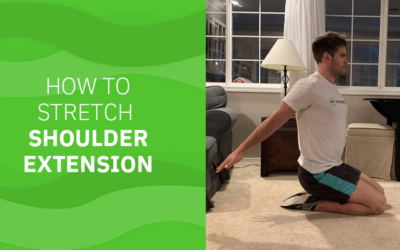
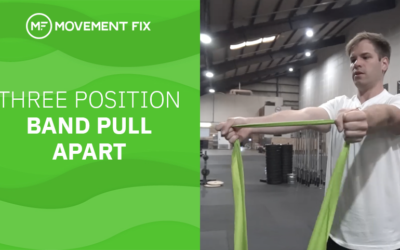
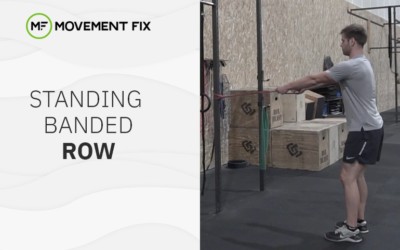

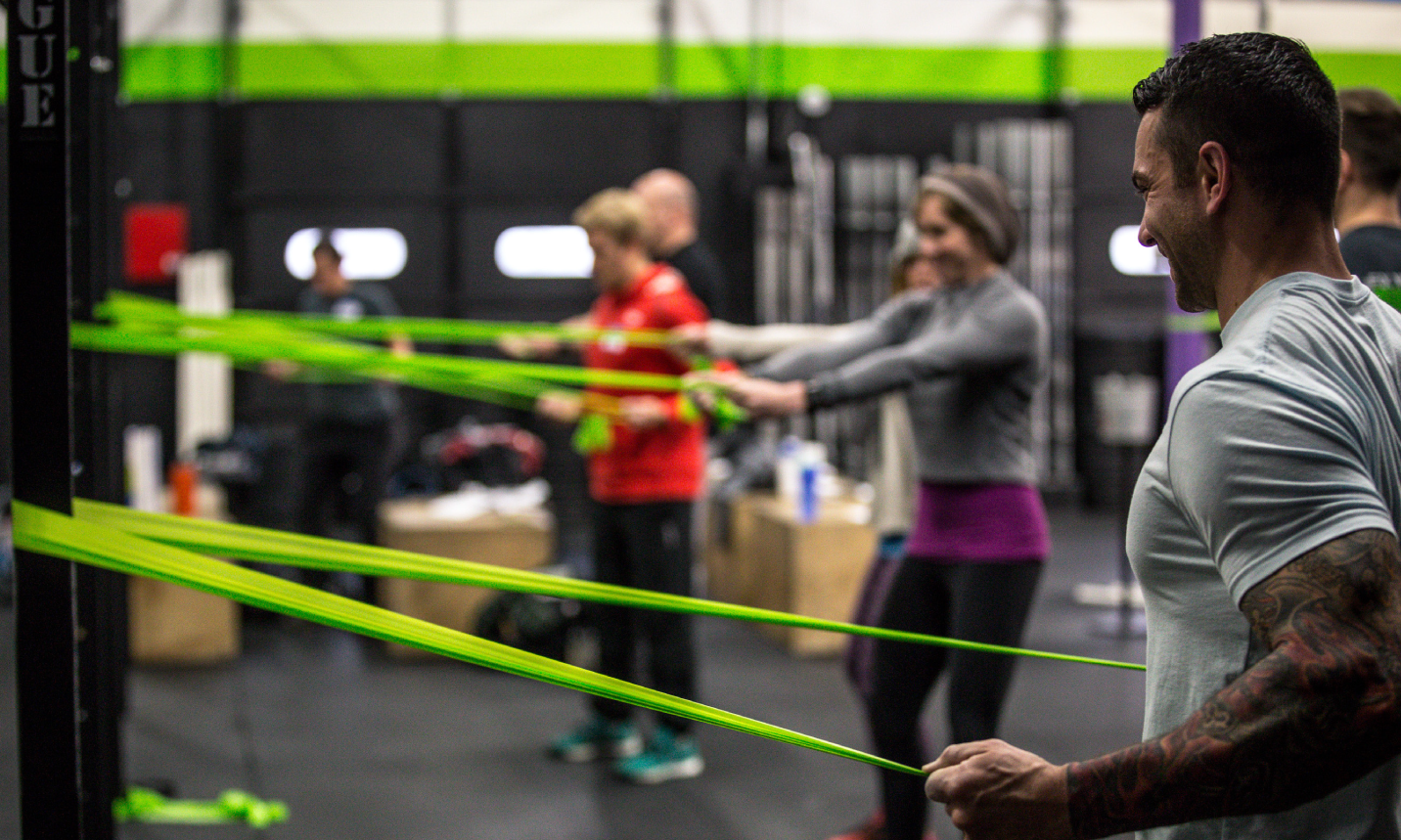
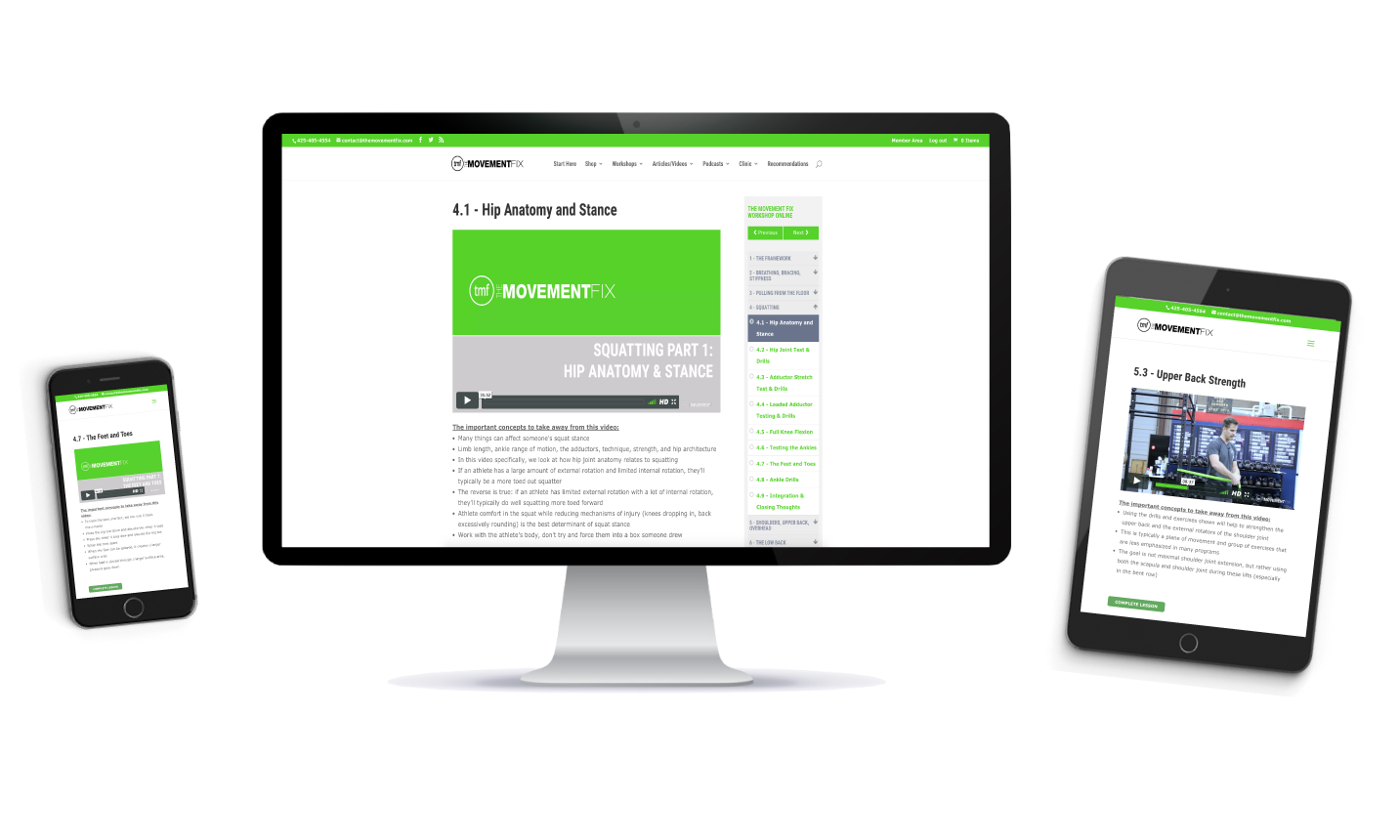
[…] Why Shoulders HAVE to Move Differently – Dr. Ryan DeBell […]
As much as I enjoyed reading this article, it feels like something is missing. This article writes about the differences of the scapula and humerus, yet does not in detail describe the anatomic varations found in ribcages, on which the scapula is placed. Do you plan to write another article on the thorax, or perhaps are able to direct me to sources describing variations on anatomical differences on the thorax?
Kind regards,
André